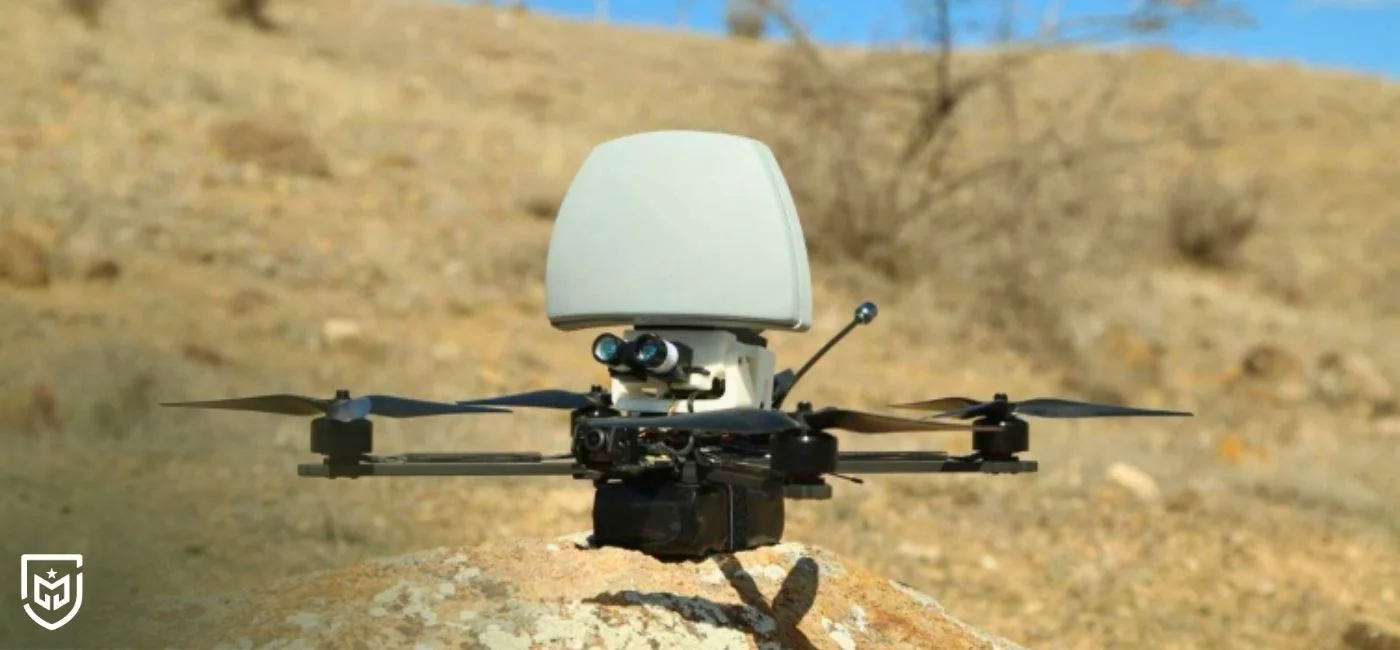

BREAKING NEWS

Loitering FPV drones have reshaped modern battlefields, but radio-linked platforms face heavy electronic warfare (EW). That pressure is accelerating a turn toward fiber-optic-tethered FPV drones, which route command and video through a cable, bypassing jamming and spoofing while delivering crisp, low-latency imagery. Because their control link is immune to RF disruption, defeating such drones typically requires physical destruction rather than electronic countermeasures—a shift with major tactical implications in trenches, tunnels, urban canyons, and other complex terrain.
Türkiye began preparing for this pivot even before the Russia–Ukraine war. According to defense experts, the Turkish Armed Forces field both RF and fiber-optic options, complemented by the KERKES program, which enables navigation and target prosecution when communications are denied—leveraging onboard sensors, AI, and deep learning. Swarming concepts developed domestically are being ported across unmanned platforms to compress the find–fix–finish chain. The latest Special Forces exercise showcased several previously unseen systems, signaling that these capabilities are not prototypes on paper but assets already maturing in the field.
Fiber-optic FPV architecture confers key advantages: jam-proof command, high-resolution real-time video, low latency for precise terminal guidance, and minimal electromagnetic signature. Integrated into a broader unmanned ecosystem, such drones support reconnaissance, target designation, and kamikaze strikes from the same playbook—raising survivability for friendly units and stressing adversary air defenses. The approach also scales well with training and logistics packages, enabling rapid fielding and iterative upgrades.
Competition among local firms is accelerating innovation. STM and other Turkish companies are investing in FPV/kamikaze product lines, with expectations of multiple unveilings at IDEF 2025—from fiber-optic-enabled platforms to mission warheads suited for high-volume production. As output ramps, Türkiye is positioned to expand an EW-resilient, cost-effective FPV portfolio, underpinned by domestic supply chains and doctrine adapted to multi-domain warfare.
Post Comment
Comments
No comments yet.
Related News
National Target Seeker MİHAL Proves Its Capability in GÖKDOĞAN Launch from KIZILELMA
ASELSAN General Manager Akyol: “We have paved the way for achieving what was thought impossible in the world”
Satellite Communication System Tailored for Equatorial Missions Empowers Türkiye’s National UAVs
U.S. MQ-28 Test Overshadowed by KIZILELMA’s Historic Air-to-Air Missile Success
Leonardo Signs Multi-Year Support Agreement for Italian C-27J Spartan Fleet
ANKA III Achieves Major Milestone: Autopilot Tests Successfully Completed
New Era in Turkey–Egypt Defense Cooperation: AKREP and HAMZA-1 Unveiled at EDEX 2025
Historic Joint Operation Success from Bayraktar TB3 and Albatros-S in the Blue Homeland